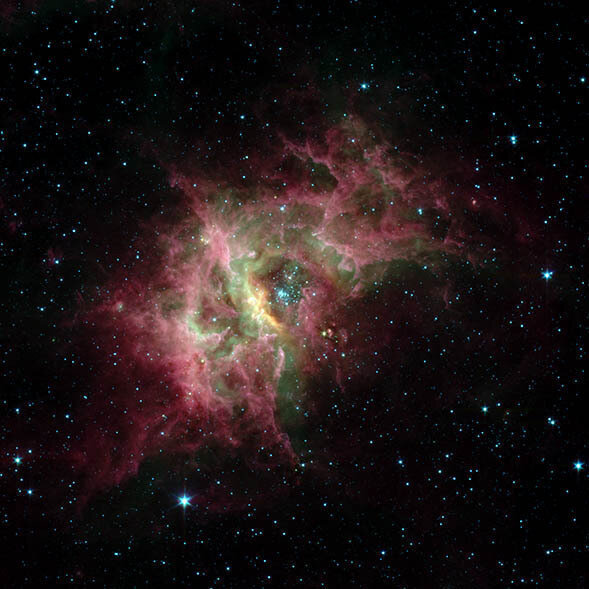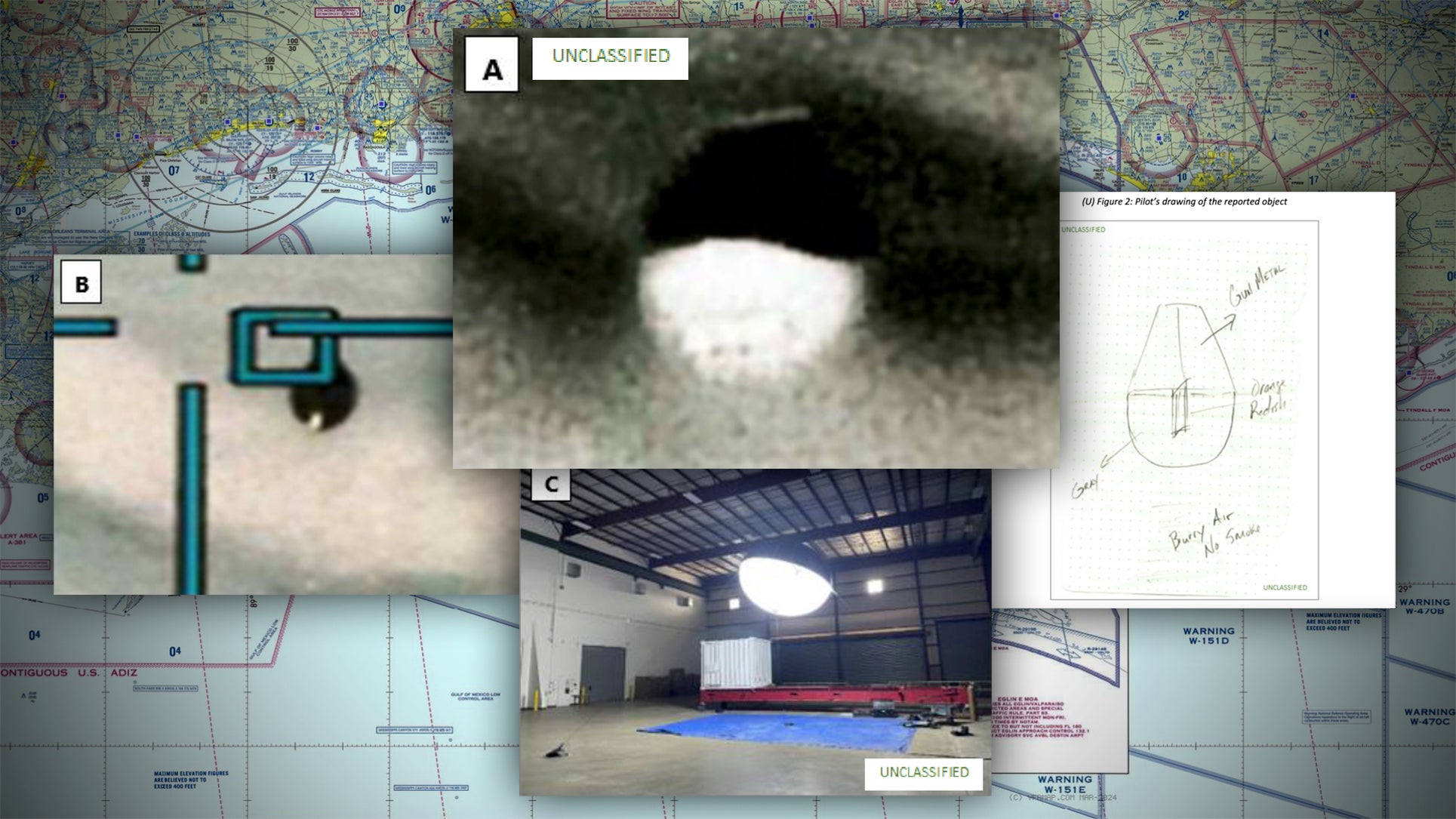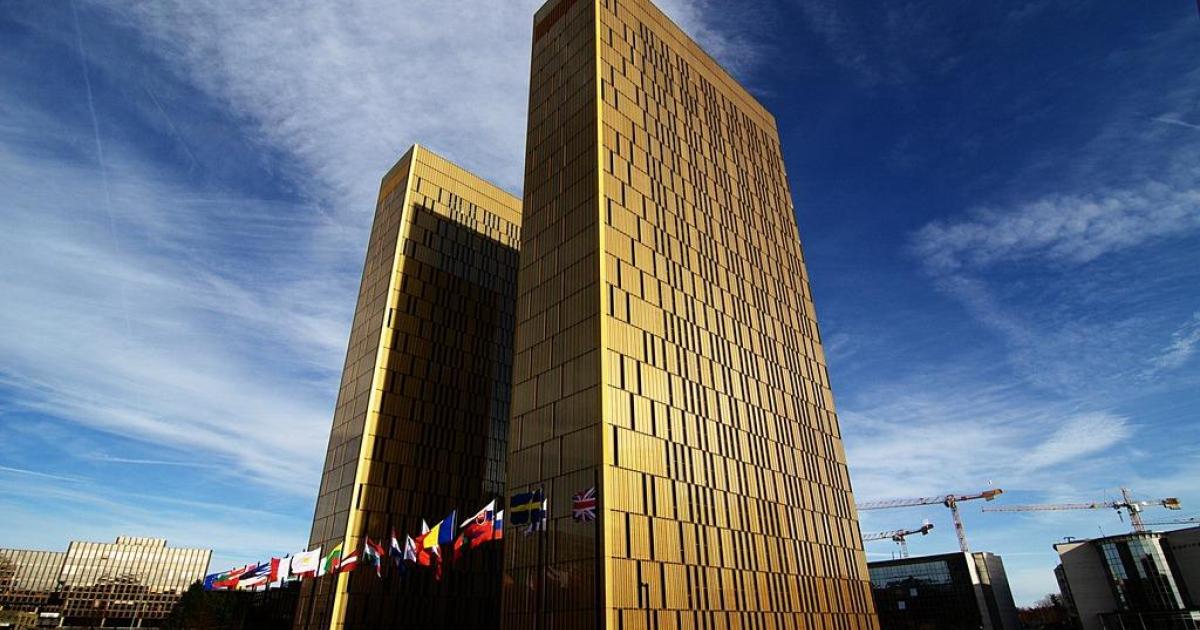
Stratospheric aerosol injection
The ability of stratospheric aerosols to create a global dimming effect has made them a possible candidate for use in solar radiation management climate engineering projects[1] to limit the effect and impact of climate change due to rising levels of greenhouse gases.[2] Delivery of precursor sulfide gases such as sulfuric acid,[3] hydrogen sulfide (H 2 S ) or sulfur dioxide (SO 2 ) by artillery, aircraft[4] and balloons has been proposed.[5] Non-sulfide substances such as calcite have also been proposed given their benefits to the ozone layer.[6] It appears that this could counter most changes to temperature and precipitation, take effect rapidly, have low direct implementation costs, and be reversible in its direct climatic effects.[7] However, it would do so imperfectly and other effects are possible.[8]
One study calculated the impact of injecting sulfate particles, or aerosols, every one to four years into the stratosphere in amounts equal to those lofted by the volcanic eruption of Mount Pinatubo in 1991,[9] but did not address the many technical and political challenges involved in potential solar radiation management (SRM) efforts.[10] If found to be economically, environmentally and technologically viable, such injections could provide a "grace period" of up to 20 years by which time atmospheric greenhouse gas pollution would need to be reduced to safe levels.[citation needed ]


















